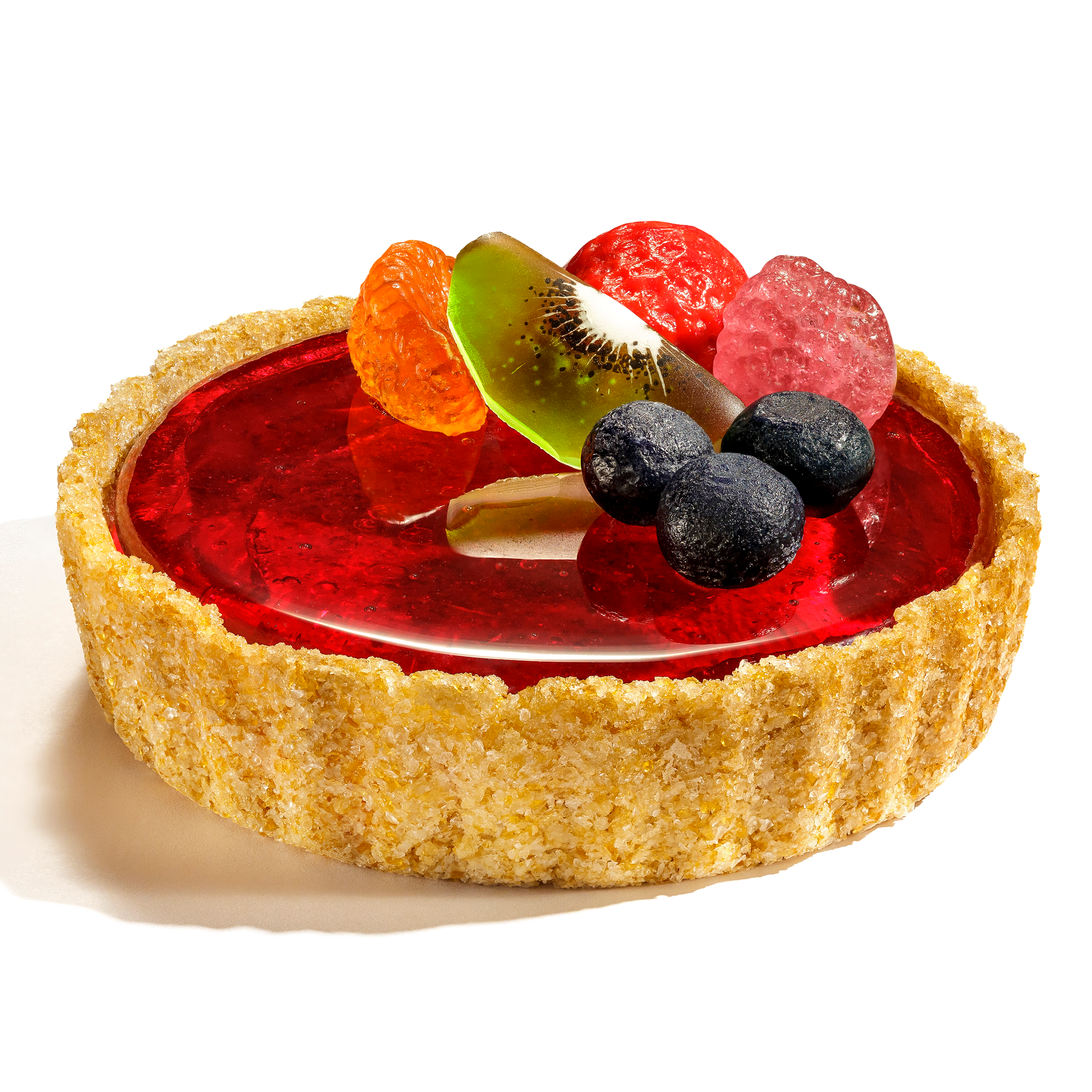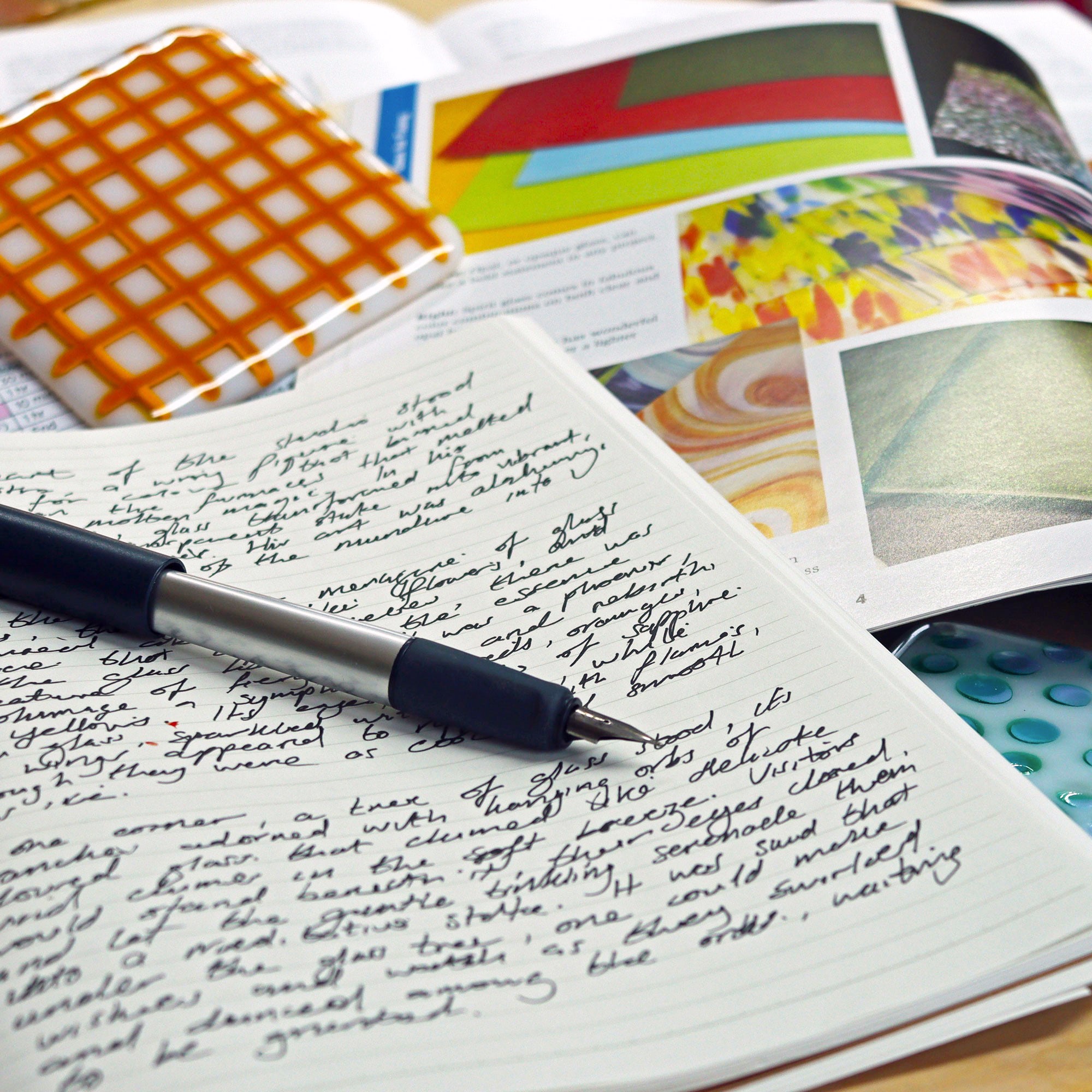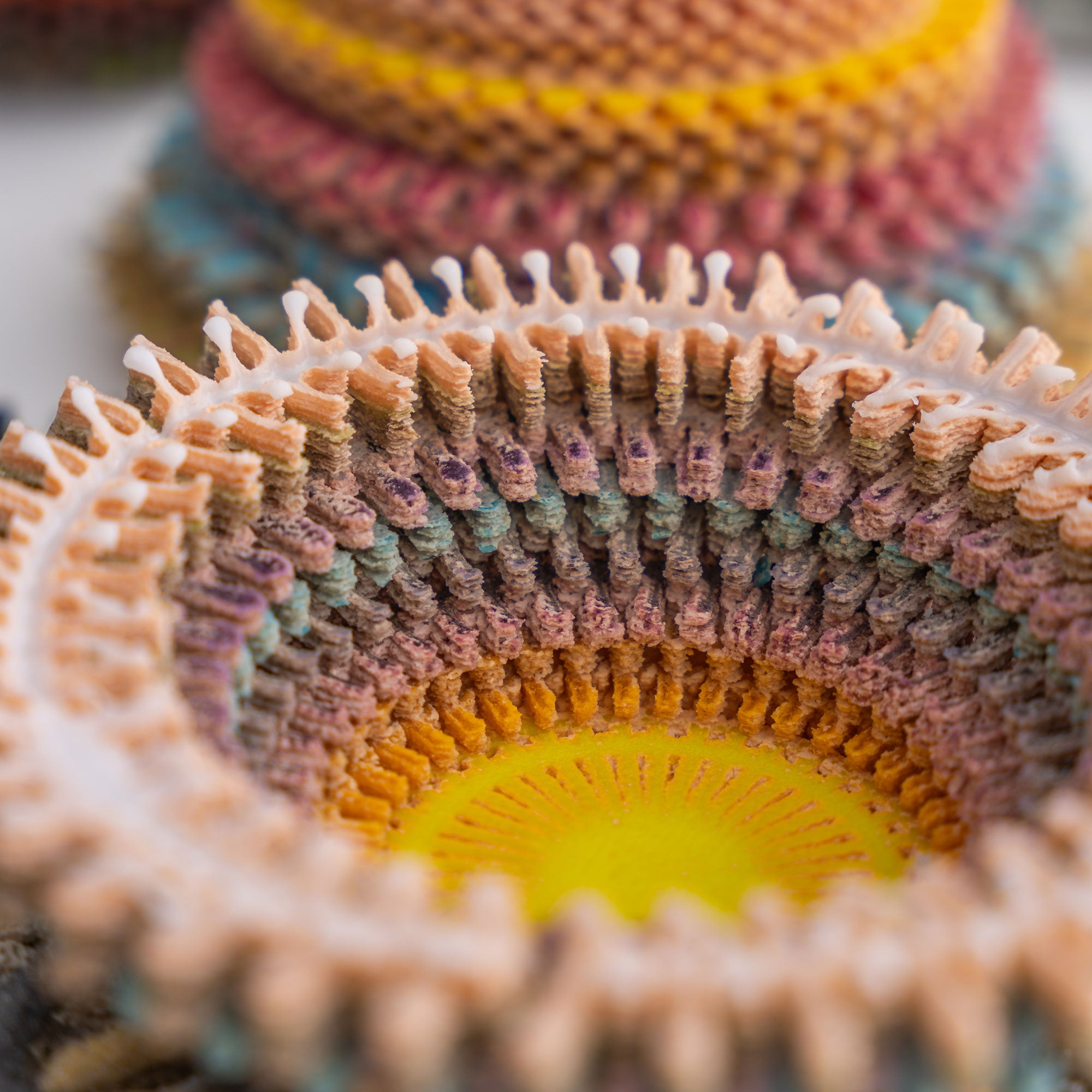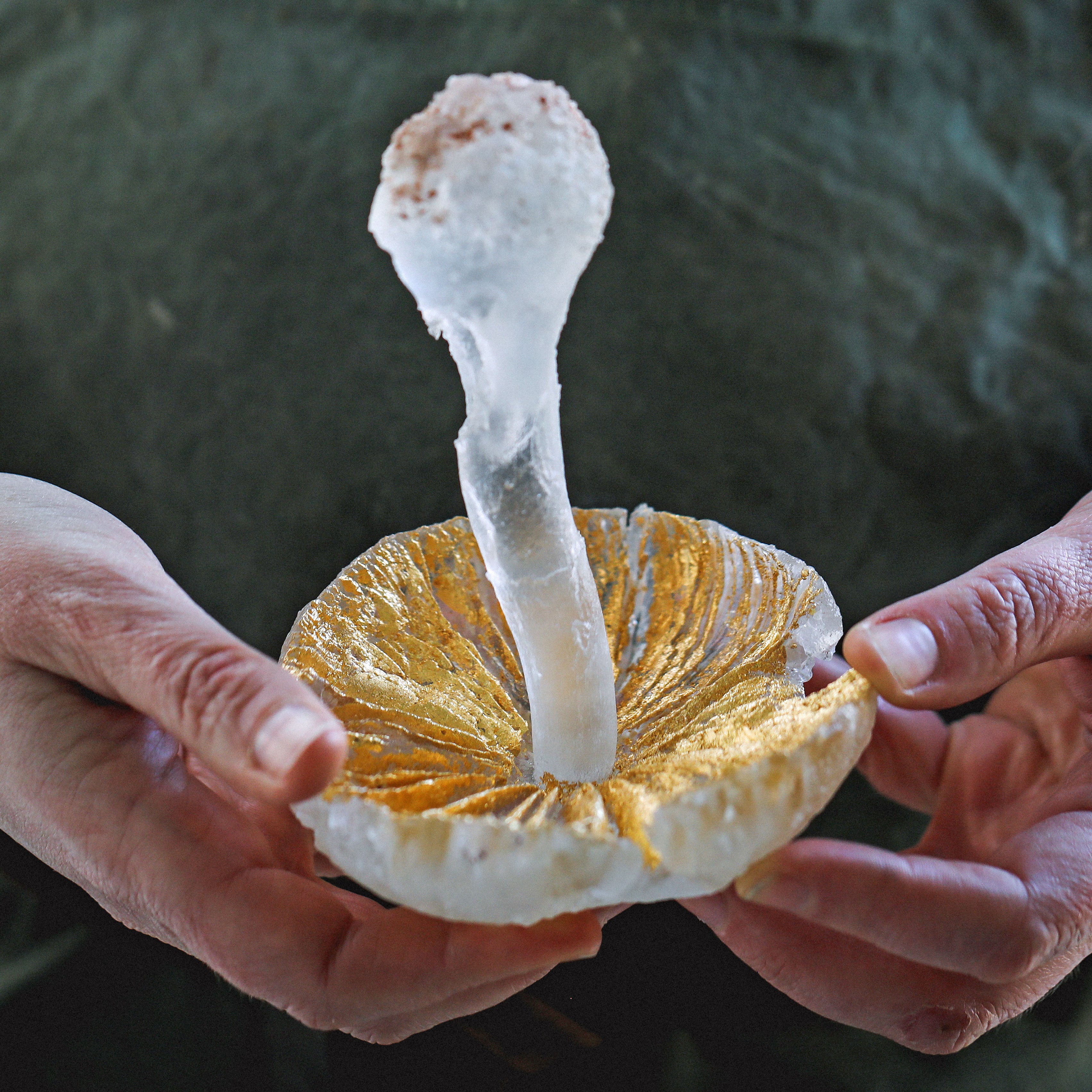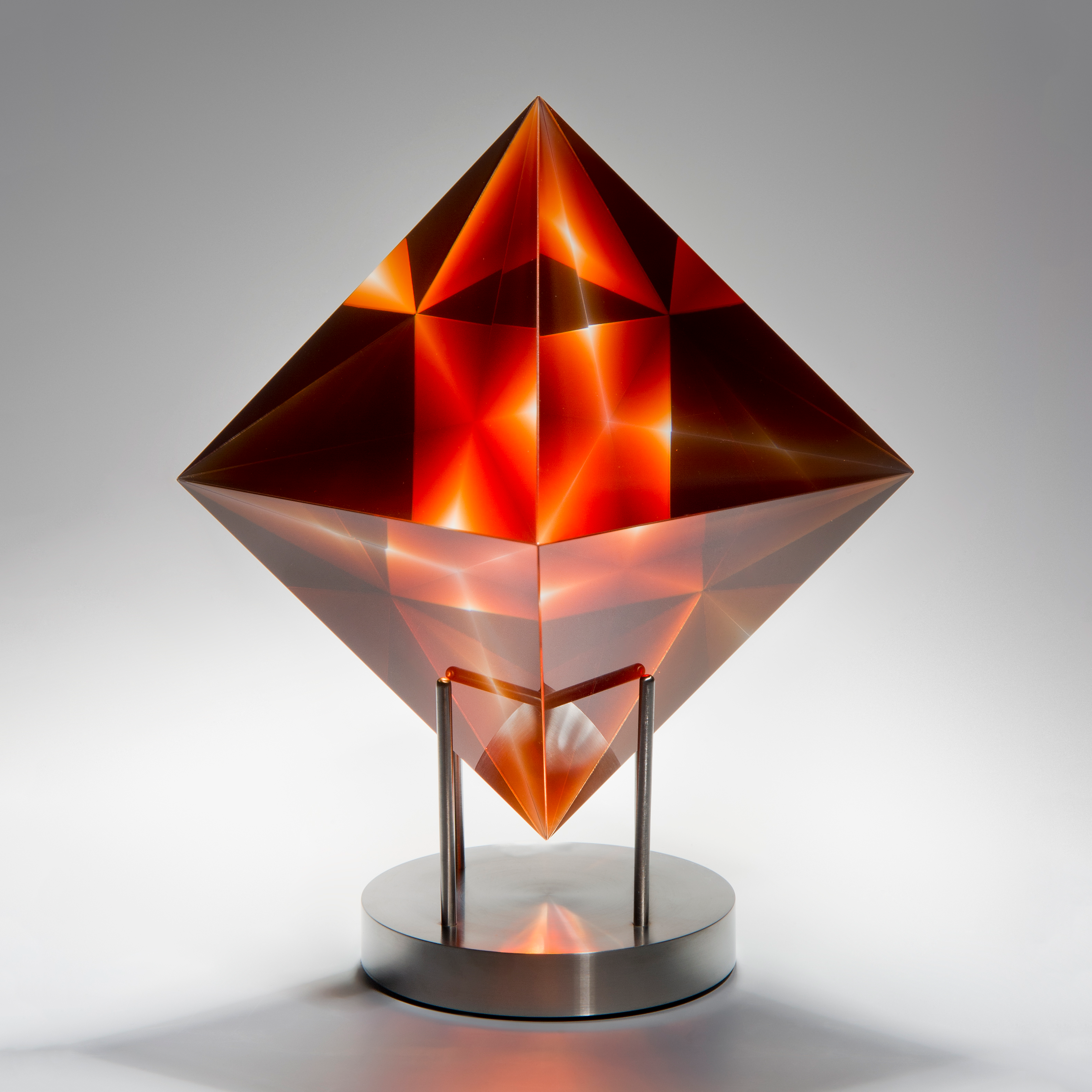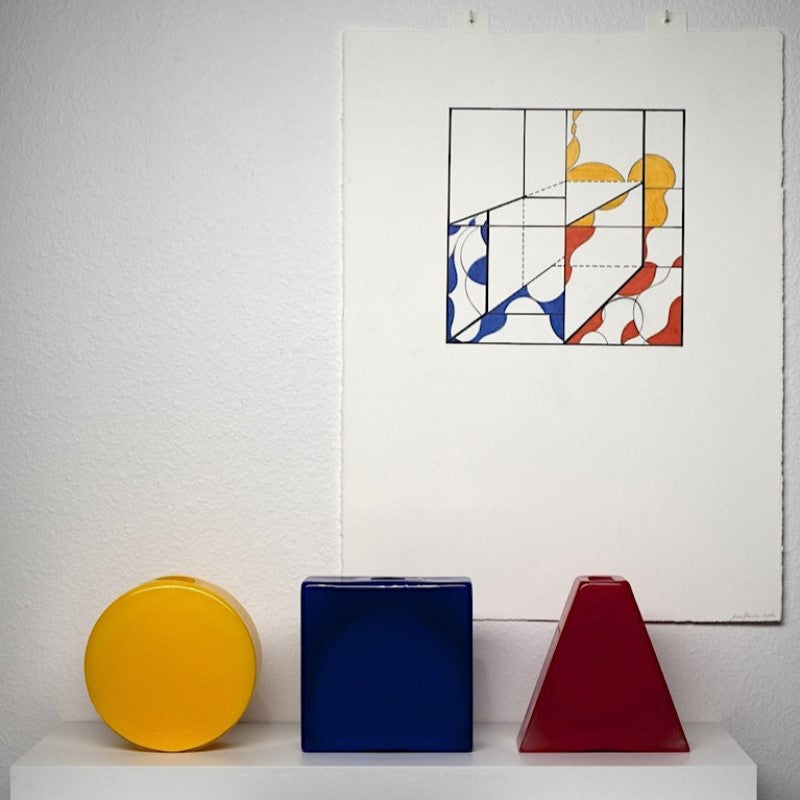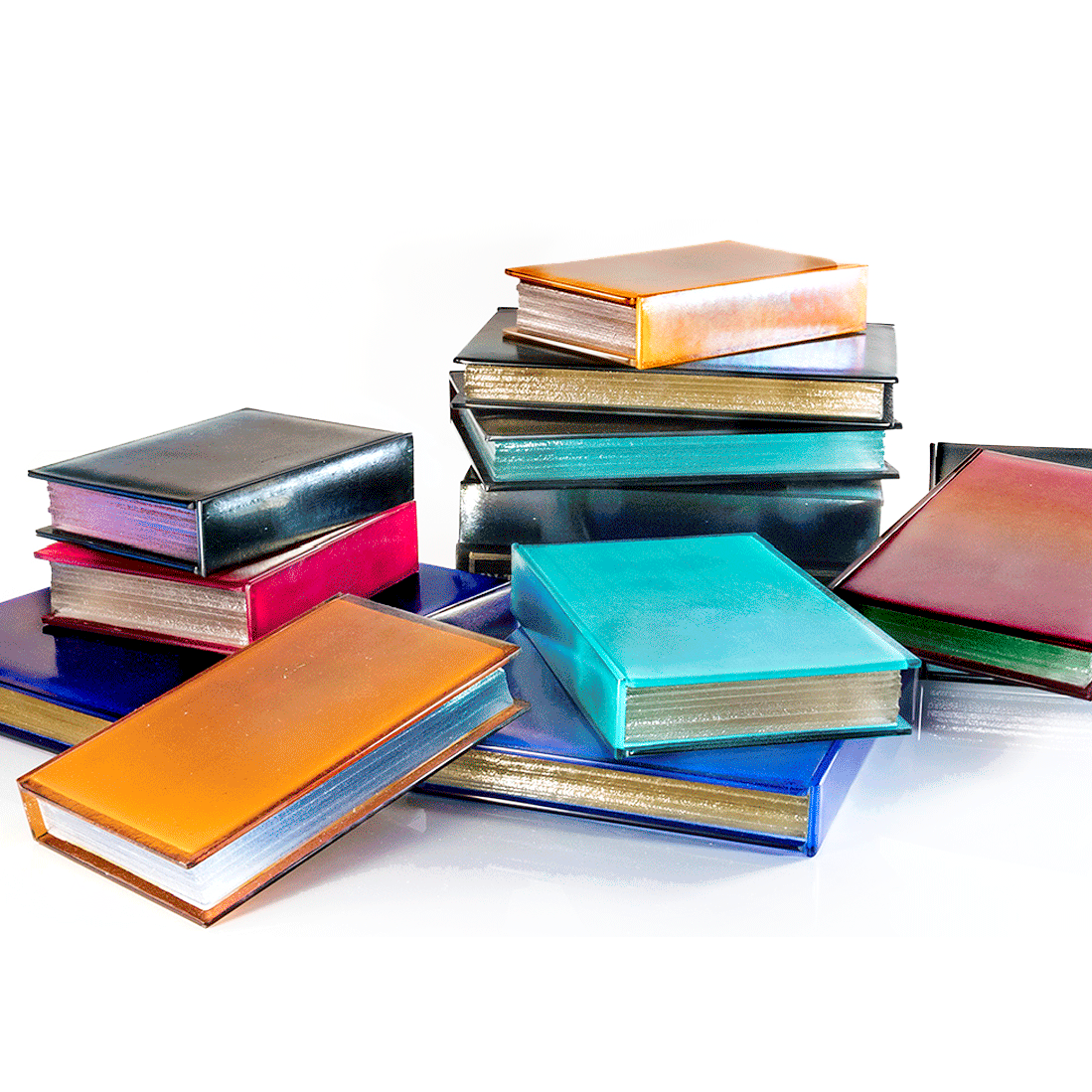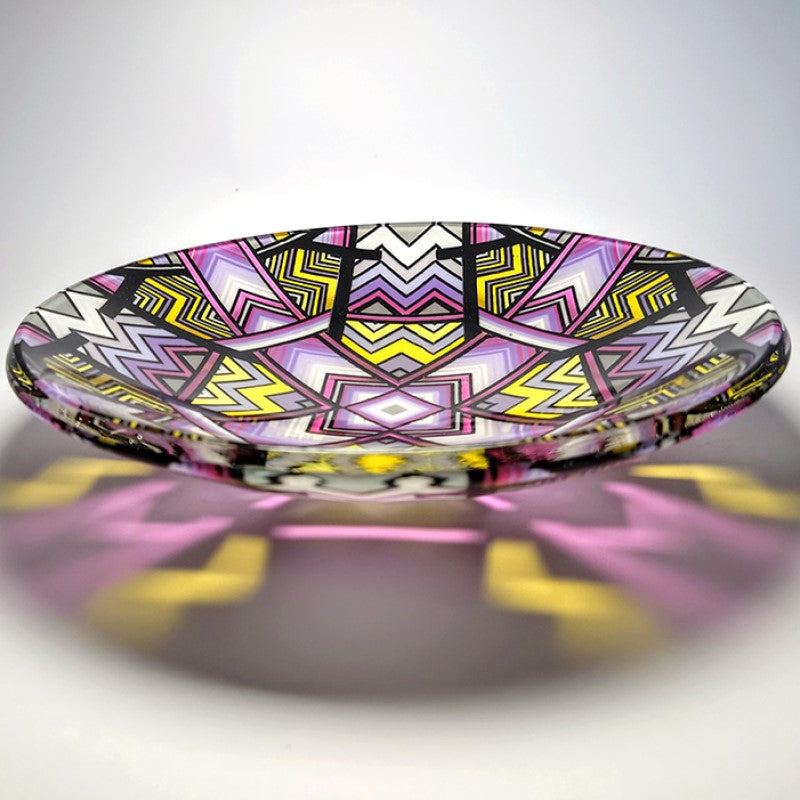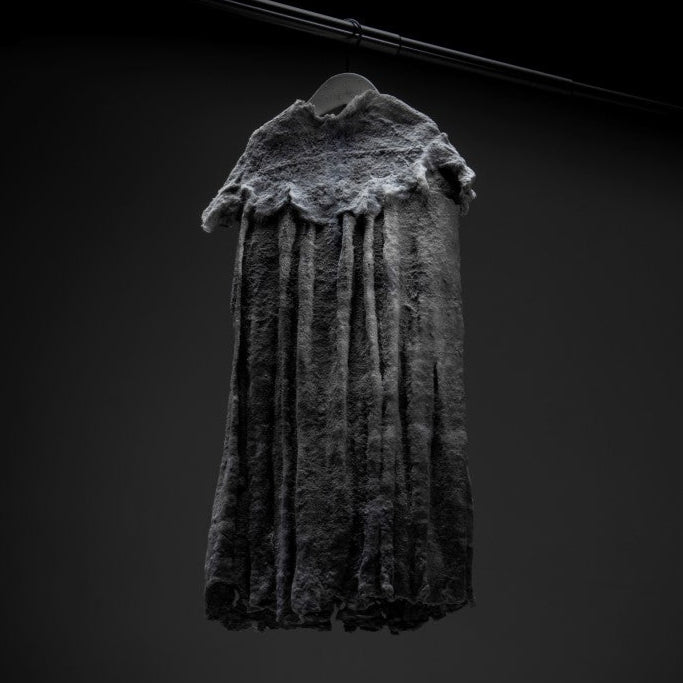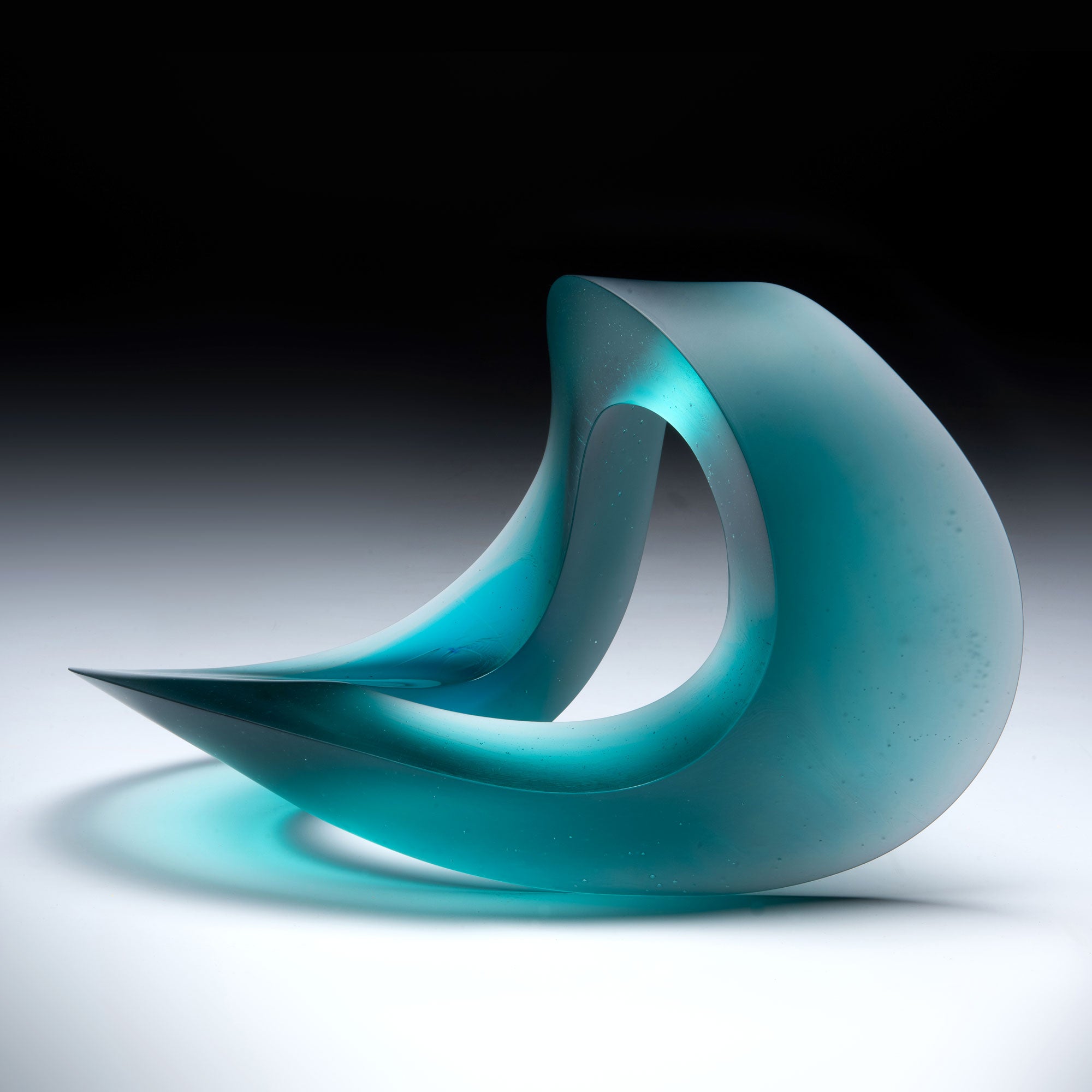
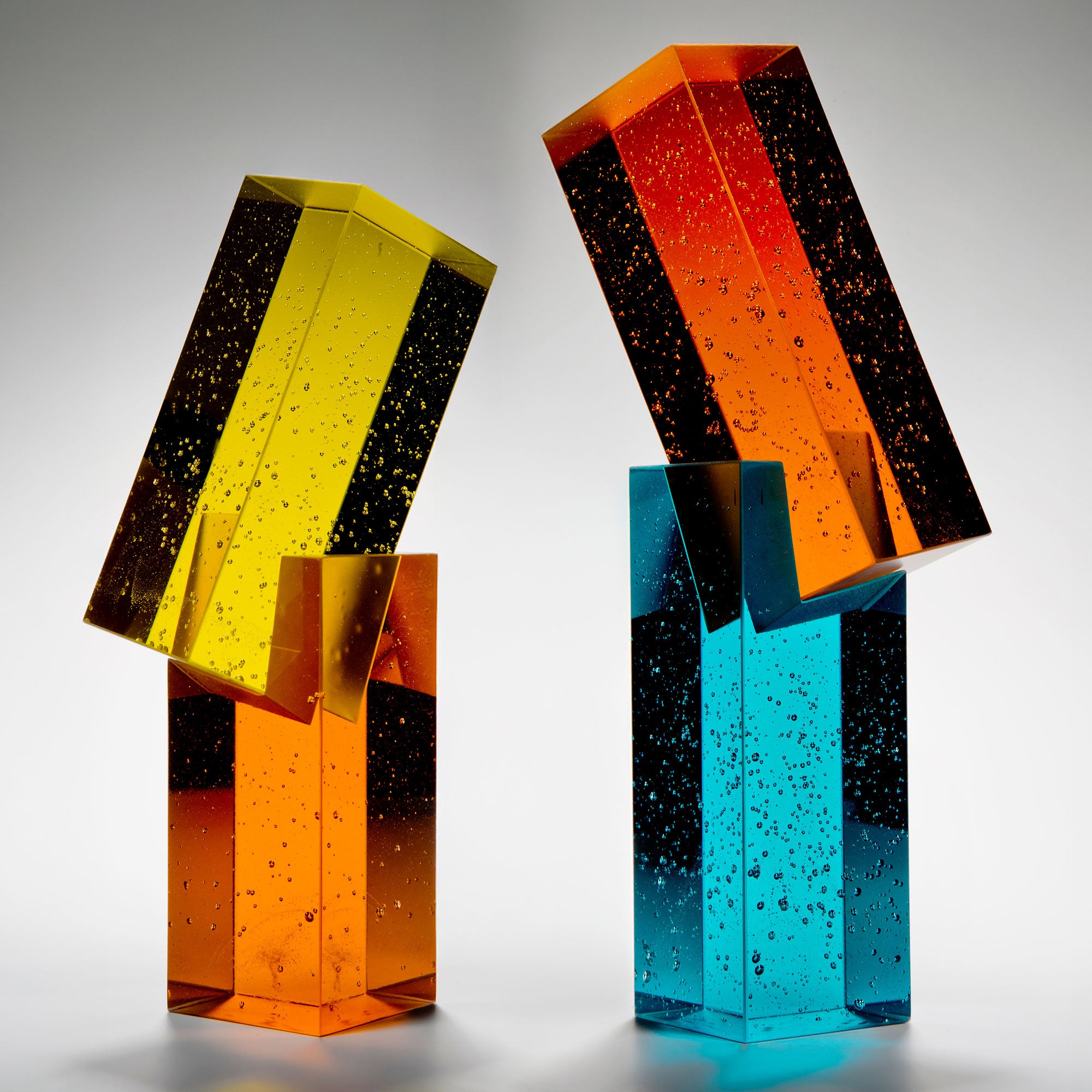


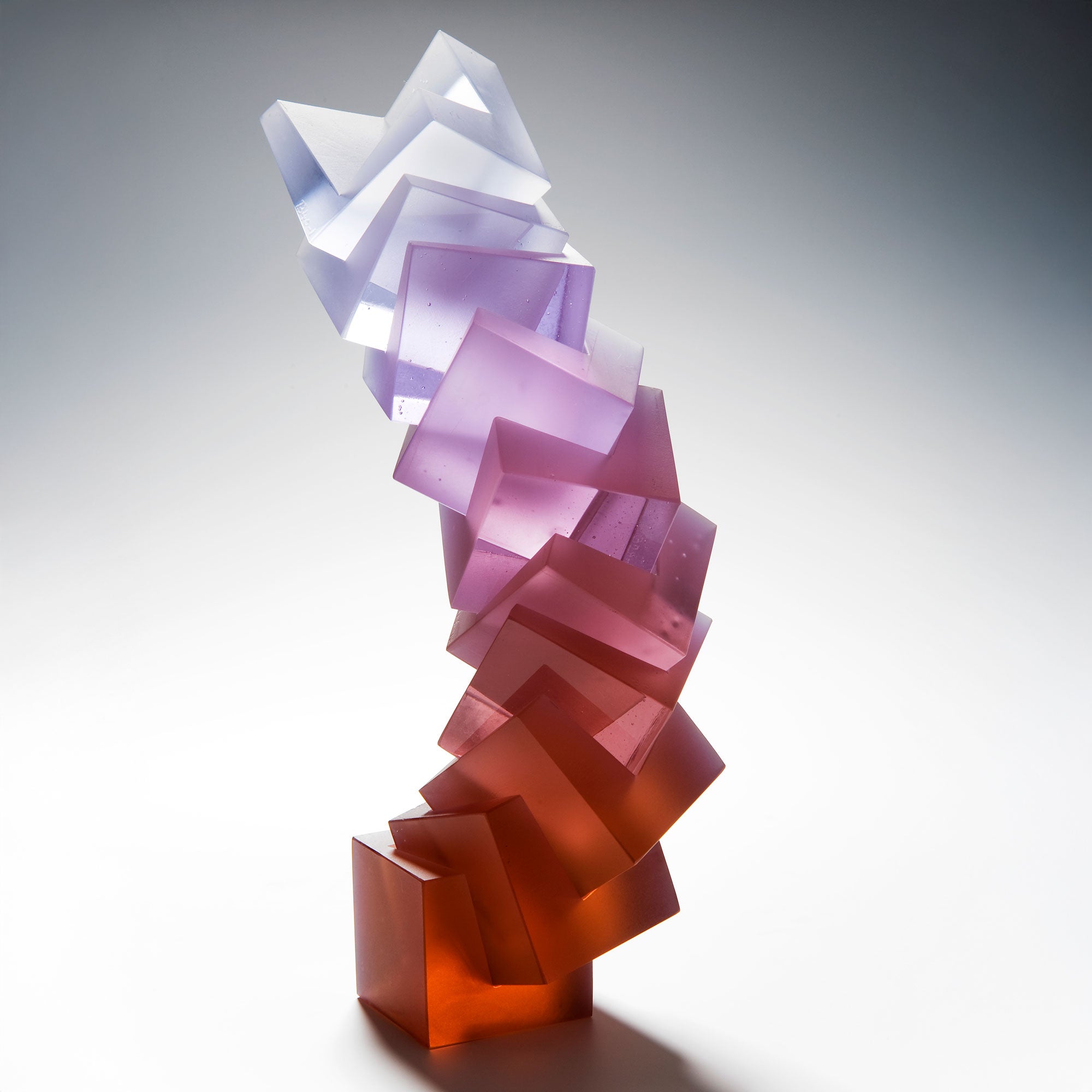
Heike Brachlow - The Fascination of Colour in Glass - Bullseye Glass Talk - Tuesday 24th February 2026 5:30PM
This is a free live online talk, presented over Zoom.
You need to complete the checkout process to reserve your place.
We're excited to offer a collaborative Glass Talk with Bullseye Glass in 2026.
Internationally renowned cast glass artist Heike Brachlow invites you on a journey through her artistic practice and her lifelong fascination with colour. This online talk explores how transparent colour transforms when held within three-dimensional form, shifting with light, thickness and perspective. Through images and stories, Heike shares how her work has developed from early experiments to large-scale sculptural works.
Alongside her studio practice, Heike has pursued colour in glass as the subject of doctoral research. During this PhD, she investigated how optics affect colour, how artists might learn about colour directly through the material, and how bespoke glass colours can be created in the kiln. She will reflect on the challenges and discoveries of this research, including the process of making her own colours.
This talk offers a rare insight into the interplay of science, perception, and artistic expression. Whether you are an artist, student, collector, or simply fascinated by glass, you will discover how colour in glass behaves in ways that are both unpredictable and endlessly inspiring.
The webinar is free to attend. Places are limited, so we advise early registration.
See more of Heike's work here: www.heikebrachlow.com

Session Times
How it works
- The talk is one live online session and you will receive a recording of the session for a week after it has taken place.
- Each of our talks is a standalone session; you do not need to have attended any previous talks.
- A week before the talk, you will be granted access to the Zoom link within our learning platform.
- During the talk, you will be able to ask questions via the 'Chat' messaging facility. A member of the Glass School team will be online to help facilitate the talk and questions.
What to prepare
- You will need a computer, tablet or phone with a camera and microphone in order to join the online classroom. If you are unfamiliar with using Zoom then please take some time to look at our guide, available in the navigation panel.
- You should have a reliable internet connection, fast enough to make video calls or stream videos
- Please read the Student Participation Agreement
- A pen and paper if you wish to take any notes.
Inclusivity and refunds
We are committed to maintaining a respectful community where all our students can learn and develop their full potential, within a safe environment.
In order to cancel your place on the course please contact info@glass-school.co.uk
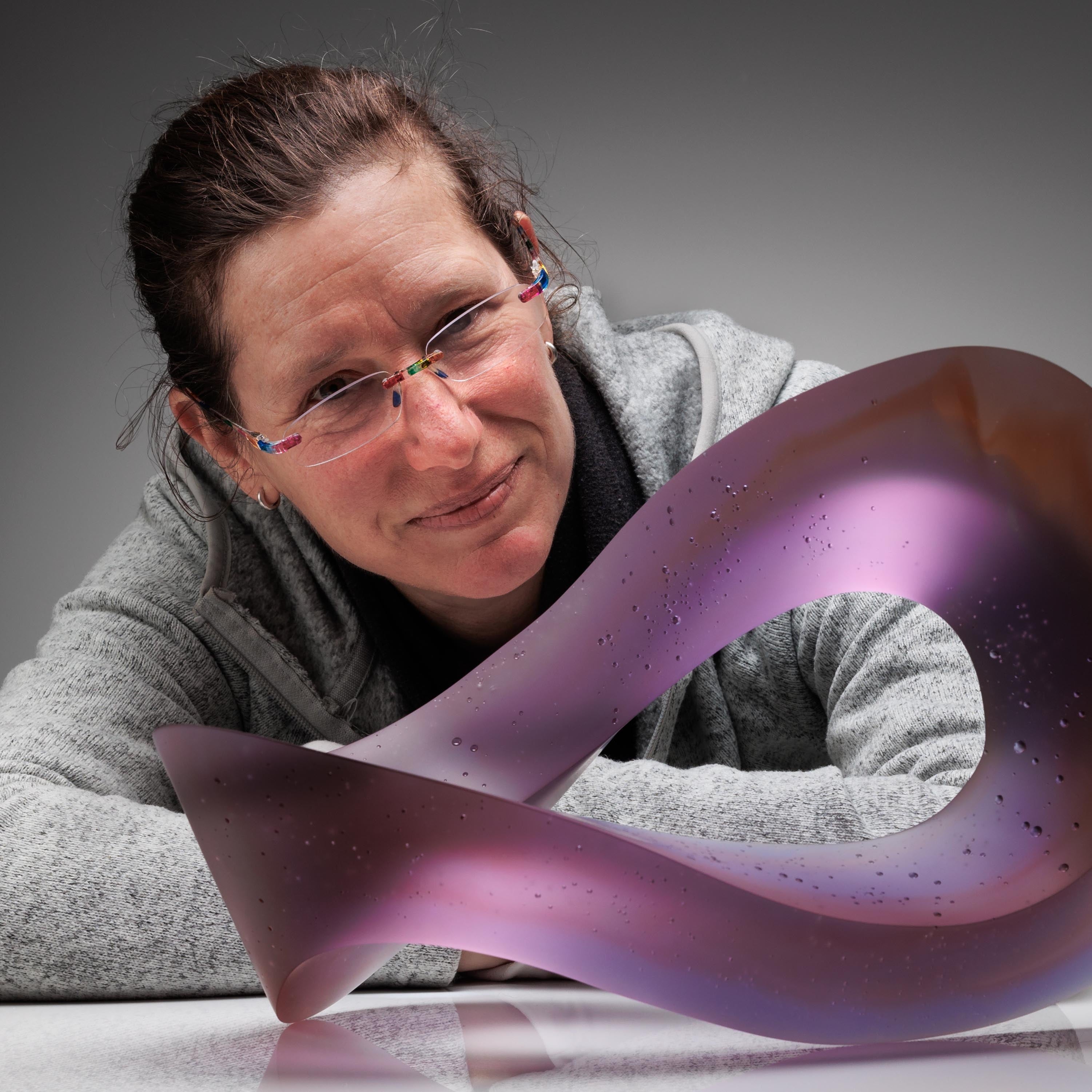

Past Glass Talks

